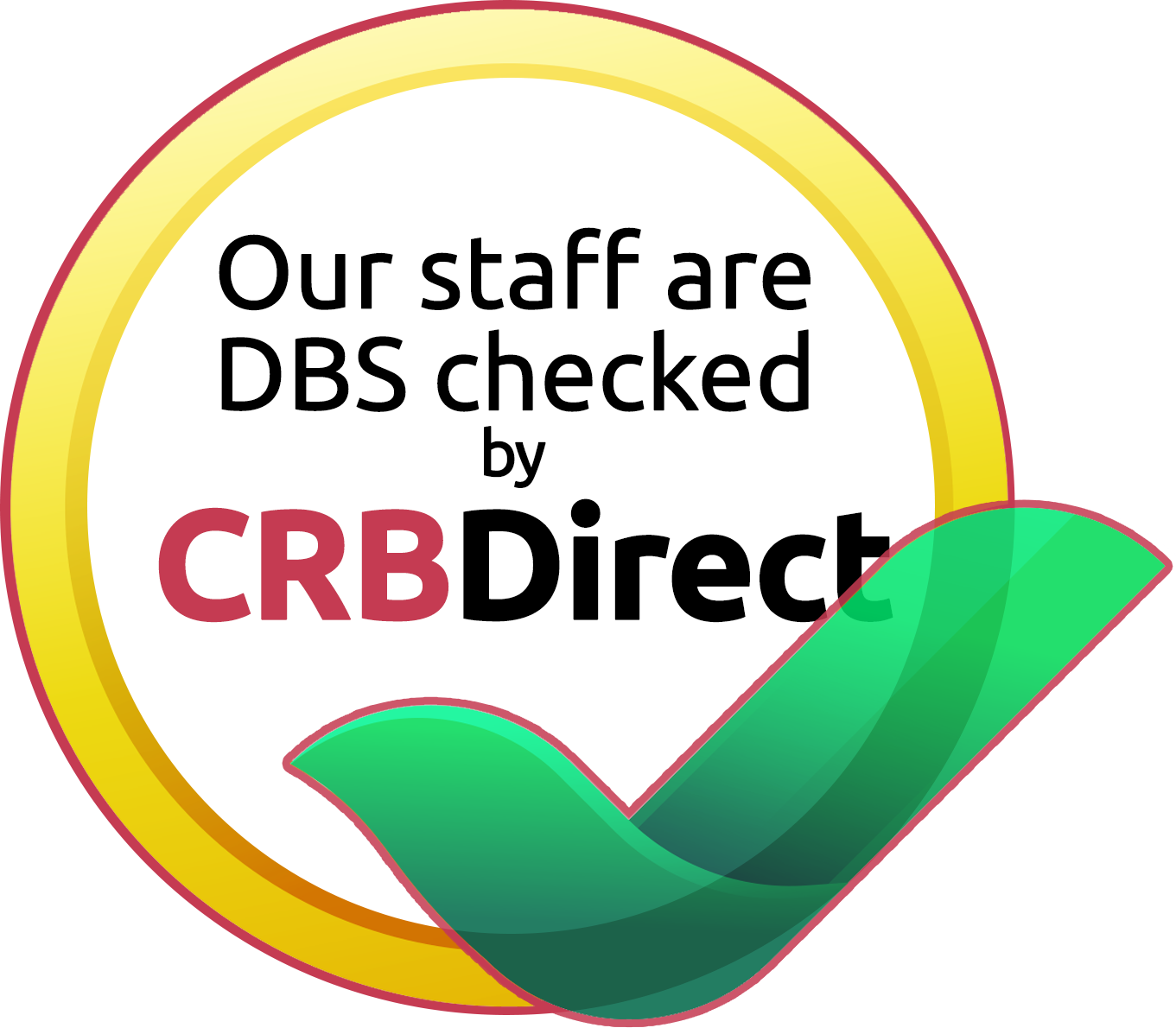
The Disclosure and Barring service constantly tweaks systems and processes to make things more efficient. Anything which speeds up turnaround times is good news, right? Well, the latest change designed to speed up basic DBS checks might not be so great if you don’t follow the rules. The changes concern the way applicants complete their address history on the form.
What are the basic DBS checks address rules?
The rules about the information you give when filling in your basic DBS application form have not changed. The Disclosure and Barring Service has always asked applicants to give a full address history going back five years. This is not changing. The difference is the way the DBS deals with errors or mistakes on the form. Until the start of August 2019, people who missed off an address, mistyped a postcode or forgot to provide dates of residence would be contacted. Chasing up people who made mistakes on their form was time consuming. In order to keep things moving at the Disclosure and Barring Service they decide not to chase people up any more. If you submit your application with mistakes or things missing, it will be rejected. Not only does that mean filling in the application again, it means paying the fee again too.
Address Rules for Basic DBS Checks
There’s no need to be worried about the new rules however. If you do exactly what is asked on the form, you won’t go far wrong. Here are the key rules for everyone completing a DBS form:
- Current Address – the DBS need your current address to send out your DBS certificate. This should be straightforward. If you’re living in temporary accommodation or have no fixed abode, get advice from the DBS about what to write in this section.
- Full address – a full address means the house name or number, street, town or city, county and postcode and country. Don’t miss off postcodes or guess at house numbers if you can’t remember.
- Dates – the DBS uses the MMYYYY format when stating times you were at an address. You don’t have to remember the exact date of moving, but be as accurate as possible.
- BFPO – If you’ve been in the military and had a British Forces Post Office address, that should be listed on the form. Just give the BFPO number, and the dates you were at the address.
- Overseas – you don’t need to tell the DBS about times you were out of the UK on holiday. If however you’ve been living overseas, you should just write “Overseas” in the box, and state the dates you were out of the UK.
- UK Travelling – if you were travelling in the UK or had no fixed abode, then you should enter the dates and give the towns and cities if applicable.
This doesn’t cover every eventuality for address history. If you have any unusual circumstances then don’t take the risk of guessing. Give the DBS helpline a call and ask for their advice. This will save you lots of time, effort and money in the long run.
Student Addresses
One of the groups which most often runs into issues with addresses are students. This is because in many cases it’s common for students to move from their parents’ home address to University accommodation every year. Students must give both addresses on the form. It’s fine for addresses to overlap. Provide the full address, including postcode, of all student accommodation where you stayed in term times. If you have given a parent address also, the DBS will assume you went back there after moving out of your student accommodation, unless you tell them otherwise.
Continuation Sheet
If you’ve moved around a lot over the past five years, there might not be enough space on the form for all your addresses. Don’t try to write small to squeeze the information into the boxes. Don’t write in the margins or outside the boxes either. Either click on the continuation sheet if you’re filling in the form online, or use the paper version. All applicants should also stick to the basic rules of writing in block capitals and using black ink. Only ever put one character per box on the form.

